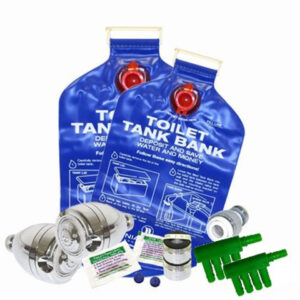Protecting our most precious resource
Water is essential to all life on Earth, yet its availability is under threat. At the Topeka Zoo, we are committed to conserving water resources through sustainable practices, innovative programs, and community education to ensure a thriving future for both people and wildlife.
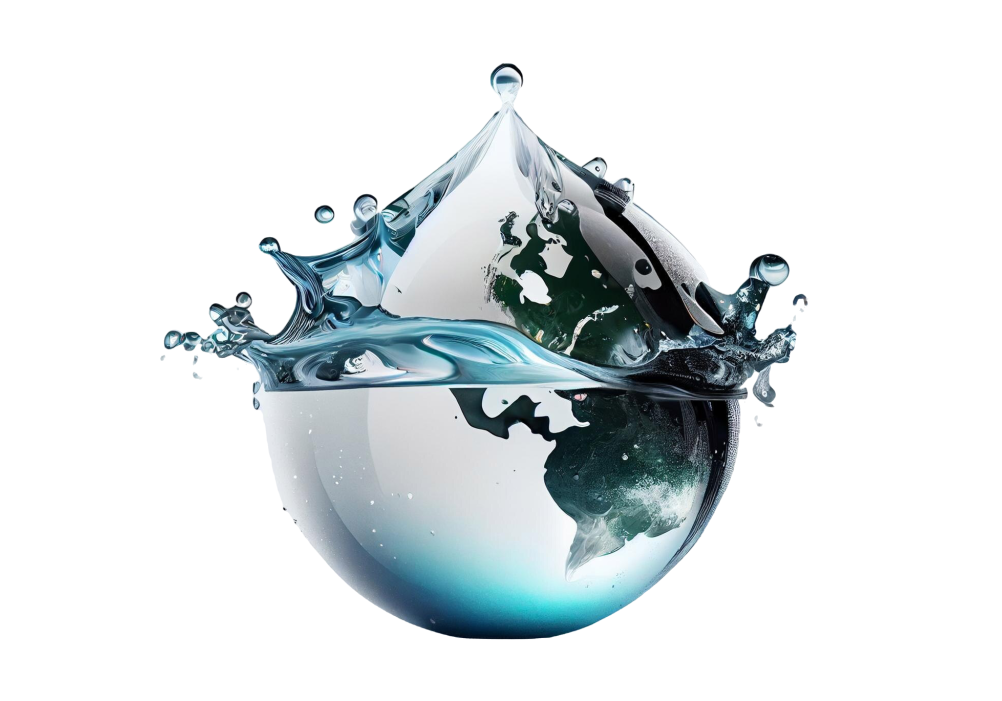
Water is a vital, finite resource that is essential for life on Earth. It supports all living organisms, helps regulate temperature, and is critical for agriculture, drinking, and hygiene. As a limited resource, it’s increasingly important to conserve water to ensure its availability for future generations. Efforts such as reducing water waste, using efficient irrigation practices, and protecting water sources are key to maintaining a sustainable water supply, supporting healthy ecosystems, and preventing water shortages. Conserving water helps preserve this life-sustaining resource for both people and the planet, ensuring that future generations can continue to live, grow, and flourish.
What Is Your Topeka Zoo Doing:
Protecting the Kansas River
Storm Drain Art Initiative: A collaboration with local partners we are raising awareness about stormwater and its impact on the Kansas River, encouraging proper waste disposal.
Community outreach
Promotes awareness about the ecological importance of freshwater mussels and their declining populations.
Sustainable Seafood Choices
Zoo follows the Seafood Watch program’s recommendations to serve responsibly sourced seafood.
Xeriscaping and Water Conservation
Promote xeriscaping on-site to encourage drought-tolerant landscaping.
Celebration of Water Days
Observe World Water Day, World Oceans Day, and World Rivers Day to raise awareness.
Partnerships with Friends of the Kaw
Collaborate on protecting the Kansas River watershed and raising public awareness.
Boat Ramp Adoption
We adopted a boat ramp through Friends of the Kaw to model waterway care and maintenance.
Water Usage Study
Evaluate water footprint to reduce water usage on-site.
Stormwater Management
Ensure water leaving the site does not harm the Kansas River; properly dispose of chemicals.
Guiding Principle
Water is connected to everything. It impacts our health, our environment, and has social justice implications. It is our most valuable resource, and it is vulnerable. If we don’t mitigate issues now, we will face future restrictions.
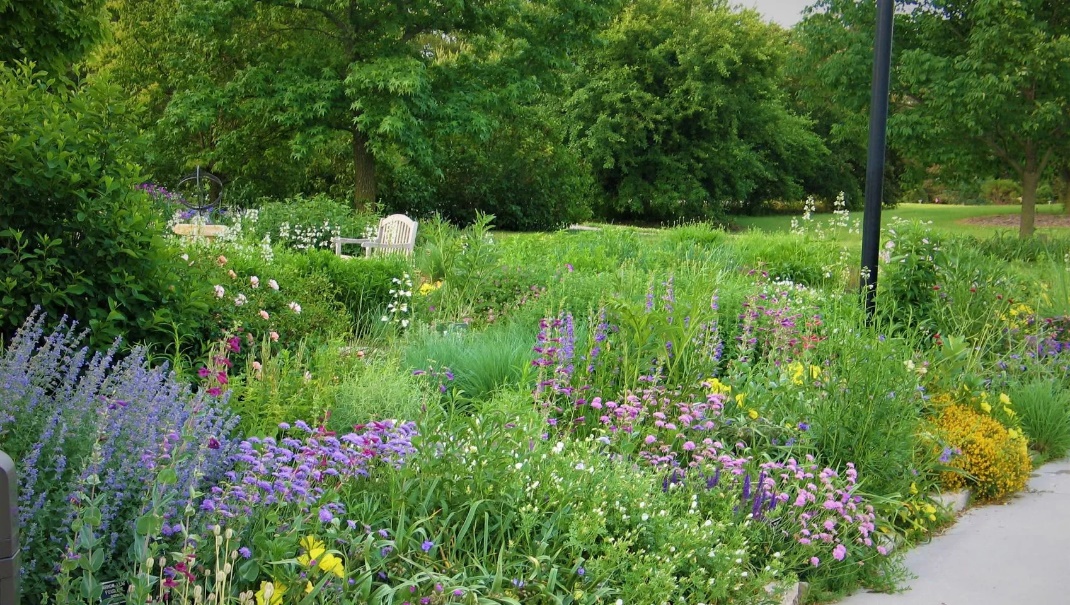
Strategy 1
Increase Water-Related Education for Internal Training and Public Programs
Goal 1: Study our water usage to understand our water footprint and aim to reduce consumption on-site.
Goal 2: Manage water leaving our site to protect the Kansas River and its watershed:
- Mark drains that lead to the river and ensure they are not used for inappropriate materials.
- Properly dispose of chemicals used on-site.
Goal 3: Promote xeriscaping on-site to encourage water-efficient landscaping practices.
Goal 4: Celebrate water-related observance days (World Oceans Day, World Water Day, World Rivers Day) and find more ways to spread water conservation messages.
Goal 5: Continue the Waterways Protection Project and explore opportunities to involve the public in conservation efforts.
Goal 6: Explore the use of gray water and rainwater to reduce reliance on freshwater.
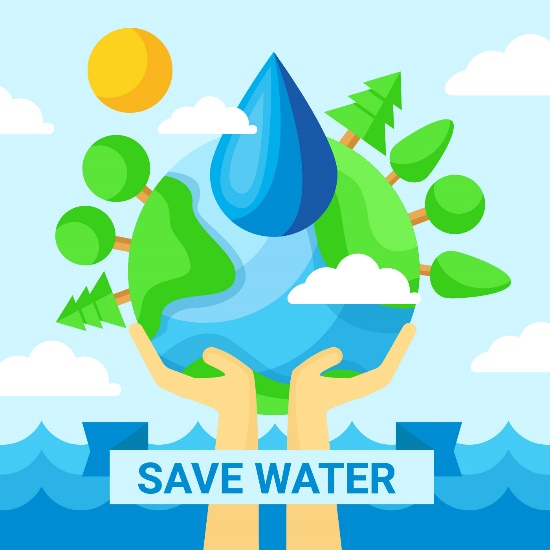
Strategy 2
Become a Community Resource for Water Conservation
Goal 1: Create an education plan on drought-tolerant yards.
Goal 2: Train all staff on water conservation so they can share key talking points with guests.
Goal 3: Partner with organizations like Friends of the Kaw to protect the Kansas River watershed and raise awareness.
Goal 4: Design and display signage to educate the public on water conservation and how they can help at home, in their yards, and beyond.
Goal 5: Adopt and maintain a boat ramp through Friends of the Kaw to demonstrate care for healthy waterways.
Goal 6: Develop a public resource guide on water conservation practices.
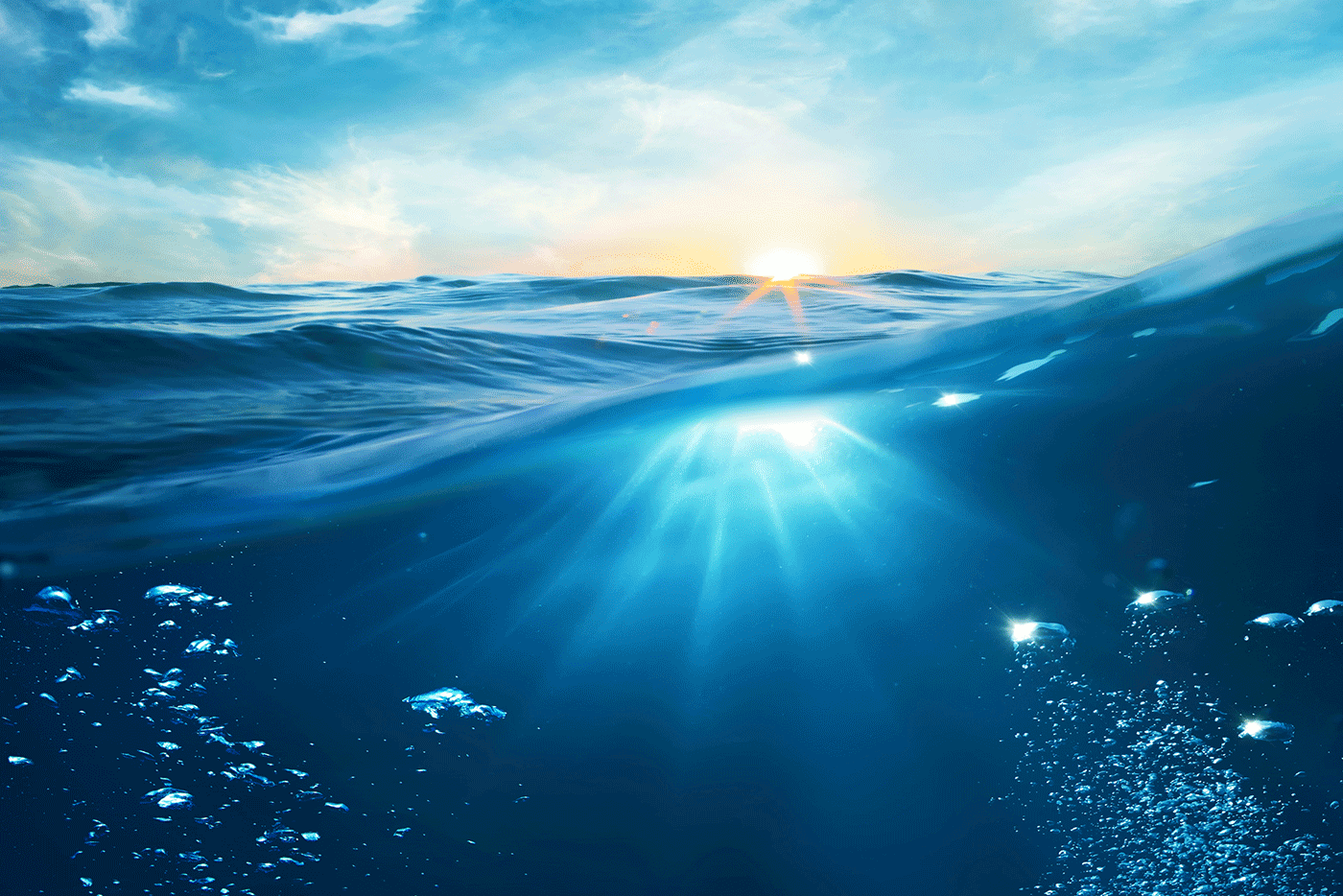
Strategy 3
Be a Voice for the Oceans
Goal 1: Form partnerships with aquariums, coastal zoos, and ocean nonprofits to support on-site ocean conservation.
Goal 2: Take action through partnerships and hands-on efforts to support the health of the Kansas River, which impacts global ocean health.
Goal 3: Collaborate with the Monterey Bay Aquarium to develop and promote educational messages for the public.
Goal 4: Expand public awareness efforts related to Seafood Watch and sustainable seafood choices.
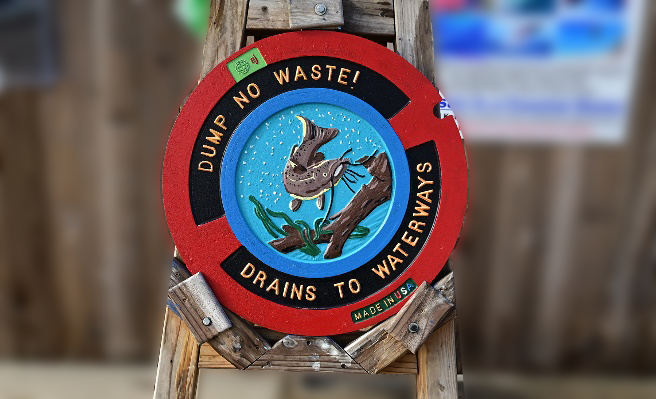
Protecting the Kansas River
Storm Drain Art Initiative raises awareness about stormwater pollution in Topeka. Storm drains channel rainwater, carrying pollutants directly into the Kansas River, and the zoo partners with the City of Topeka, Water Pollution Control, and volunteers to address this issue. They transform storm drain metal plates into artistic works featuring eco-messages like “Dump No Waste – Drains to River.” This initiative not only engages the public in proper waste disposal but also helps reduce contaminants entering the Kansas River, with positive effects extending to other major waterways like the Missouri River, Mississippi River, and Gulf of Mexico.
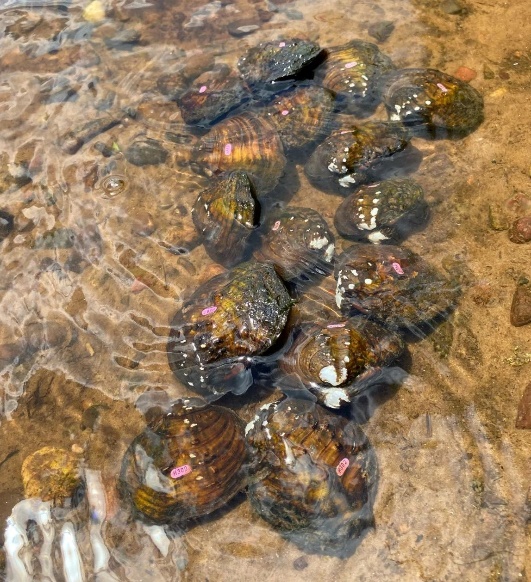
SAFE Program
Mussel
SAFE (Saving Animals From Extinction) North American Freshwater Mussel recognizes in total 303 freshwater mussel species from the United States and Canada and the urgent need for research, recovery and restoration, education, and advocacy on behalf of these vital indicator species for freshwater ecosystems.
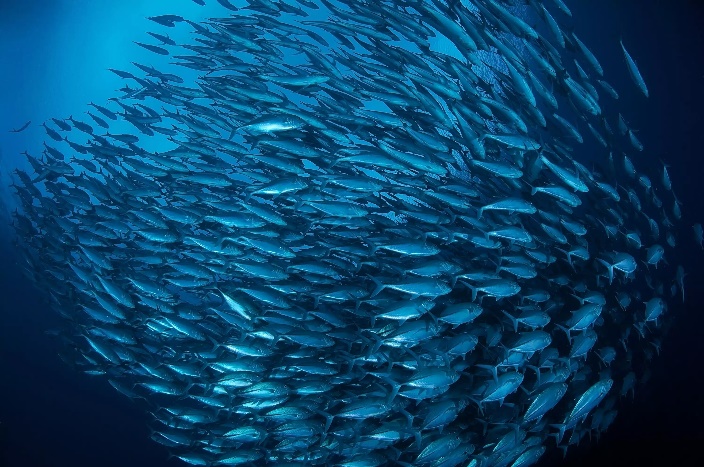
by the Monterey Bay Aquarium
The Seafood Watch Program
The Seafood Watch Program by the Monterey Bay Aquarium helps consumers make sustainable seafood choices to protect ocean health. When you choose to buy sustainable seafood, you push suppliers to source more environmentally responsible products, driving significant improvements throughout the industry. Ultimately, your choices have an impact on the health of the ocean. Knowing how and where your seafood is harvested, and acting on that knowledge, are key to protecting our environment and ensuring the future of seafood.
Join the Fight to Save Endangered Species
Together, we can make a difference. By supporting Topeka Zoo’s initiatives, you’re helping protect vulnerable species, restore habitats, and ensure a future where wildlife can thrive. Join us in taking action today!

